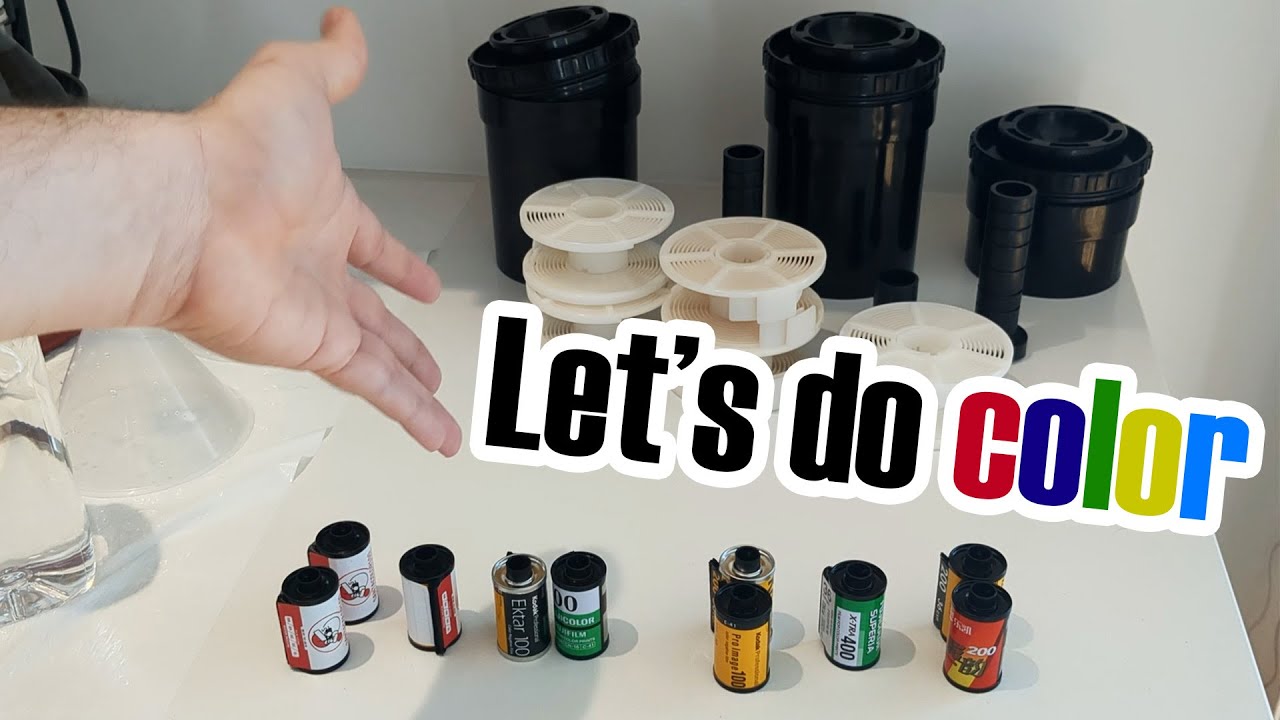Anybody can develop their own black and white film at home—using a changing bag and light-tight processing tank, there’s not even any need for a darkroom. But colour film has always been considered too difficult for the hobbyist to attempt: multiple chemical baths are required, each of which has to be kept at precisely the specified temperature, and processing times accurately measured, lest your photos be ruined.
The development (heh!) of simpler sets of processing chemicals that combine the bleach and fixer into a single solution (“blix”—hot to be confused with the Swedish atomic diplomat) and availability of accurate heater/circulator devices developed for sous vide cooking, now make it practical to process colour negative film (C-41 process) at home.
It is also possible to develop colour positive (reversal/slide) film, E-6 process, at home, using a simplified version of the chemistry that only requires three solutions instead of the six used by professional laboratories. On a 1986 trip to observe Halley’s Comet in Australia, one of the amateur astronomers on the trip developed his own E-6 slides in the bathtub of his hotel room.
Instead of the fussy and complicated process of enlarging and developing colour prints at home, the negatives or positives from film processing may now be scanned, manipulated using image processing software, and output on a high resolution computer photo printer.
